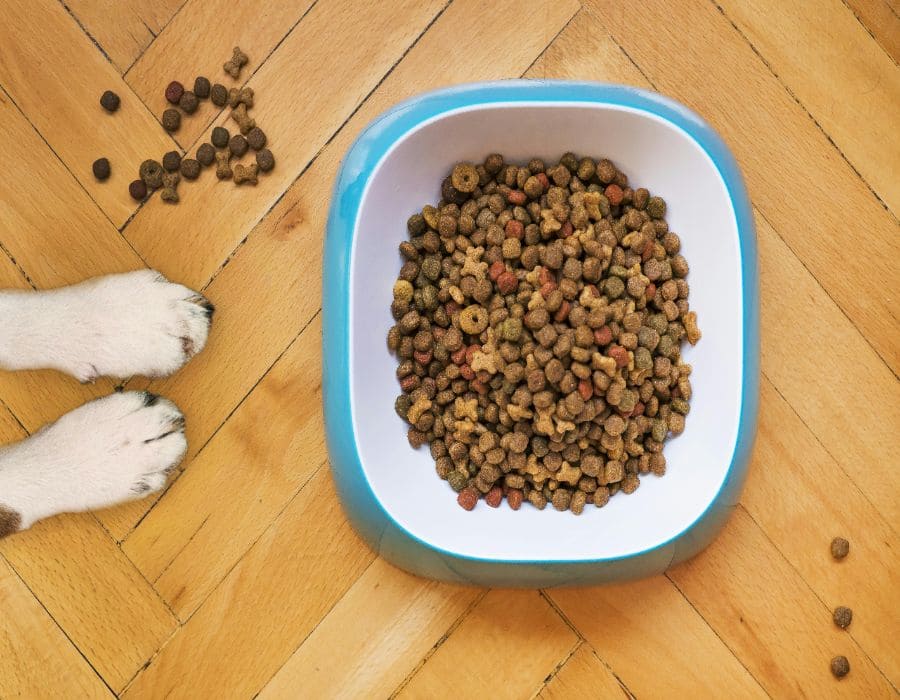11 Shocking Health Differences Between Premium and Budget Pet Foods
The modern pet food landscape has evolved into such a complex market that we have premium brands selling dog food that’s the same price as caviar. While budget-options do have a certain allure, are they capable of keeping your furry friends happy and healthy?
You are what you eat! and that rings true for you four-legged friend as well. So, let us discover the 11 shocking health differences between premium and budget pet food.
The Digestion Question

Premium foods pack more nutritional punch per bite. Animals processing these higher-grade proteins and carefully selected ingredients produce noticeably smaller waste volumes – nature’s way of confirming better nutrient absorption. Budget brands? They lean heavily on fillers and lower-grade proteins. The result manifests in larger stools and digestive systems working overtime to extract minimal nutrition from maximum input.
Dental Drama

Premium kibble often features specialized shapes and textures specifically engineered for dental health. Some even incorporate tartar-fighting compounds. Budget brands? Their softer, more processed ingredients tend to stick around – literally. Small wonder that dental disease plagues 80% of dogs and 70% of cats by their third birthday.
Coat Quality Chronicles

Premium foods deliver robust doses of omega fatty acids, zinc, and biotin – the building blocks of healthy skin and gleaming coats. Budget alternatives often skimp on these essential nutrients. The difference becomes visible in dull, brittle fur and flaky skin conditions that plague pets on lower-quality diets.
Muscle and Energy Equation

Quality protein sources matter enormously. Premium foods utilize highly bioavailable proteins that support lean muscle maintenance. Budget options frequently rely on protein sources that look good on labels but perform poorly in actual nutrition delivery. Senior pets especially suffer when protein quality falls short.
Immunity Insights

A well-functioning immune system demands proper nutritional support. Premium foods typically incorporate additional immune-boosting compounds – antioxidants, targeted vitamins, specific mineral blends. Research consistently shows stronger disease resistance in animals receiving higher-quality nutrition.
The Weight Battle

Premium food formulations typically nail the protein-fat-carb balance. Budget brands often compensate for cheaper ingredients by loading up on carbohydrate fillers. This dietary shortcut contributes to the staggering obesity rates in domestic pets – roughly 60% of cats and 56% of dogs carry excess weight.
Internal Organ Impact

Kidneys and livers bear the brunt of dietary quality differences. Premium foods generally feature moisture levels and mineral ratios that support optimal organ function. Budget alternatives? Higher ash content and less-than-ideal mineral balances can stress these vital organs over time. The effects may not show immediately, but they accumulate.
Allergy Aggravation

Cheaper ingredients and artificial preservatives in budget foods often trigger allergic responses. Premium options typically avoid common allergens and artificial additives. For sensitive pets, this difference proves crucial in preventing chronic skin issues and digestive upheaval.
Brain Benefits

The cognitive advantage of premium diets becomes particularly apparent in aging pets. Higher levels of antioxidants and omega-3s support brain health and may slow the march of cognitive decline. Budget options rarely include adequate levels of these brain-boosting compounds.
Urinary Health Hazards

The mineral balance in pet food directly impacts urinary tract health. Premium cat foods especially focus on preventing crystal formation – a potentially lethal concern for male cats. Budget brands? Their mineral ratios sometimes increase crystal risk.
The Cost Calculation

Premium pet food costs more upfront. No argument there. But veterinary data suggests these higher-quality diets may actually reduce lifetime healthcare costs. Fewer dietary-related health issues mean fewer expensive vet visits over time.
Conclusion

Recent studies continue to reinforce the connection between pet food quality and health outcomes. While budget options provide basic sustenance, premium foods deliver additional benefits that may prove worth their higher price tags. As nutrition science advances, the evidence supporting investment in quality pet food grows increasingly compelling.







